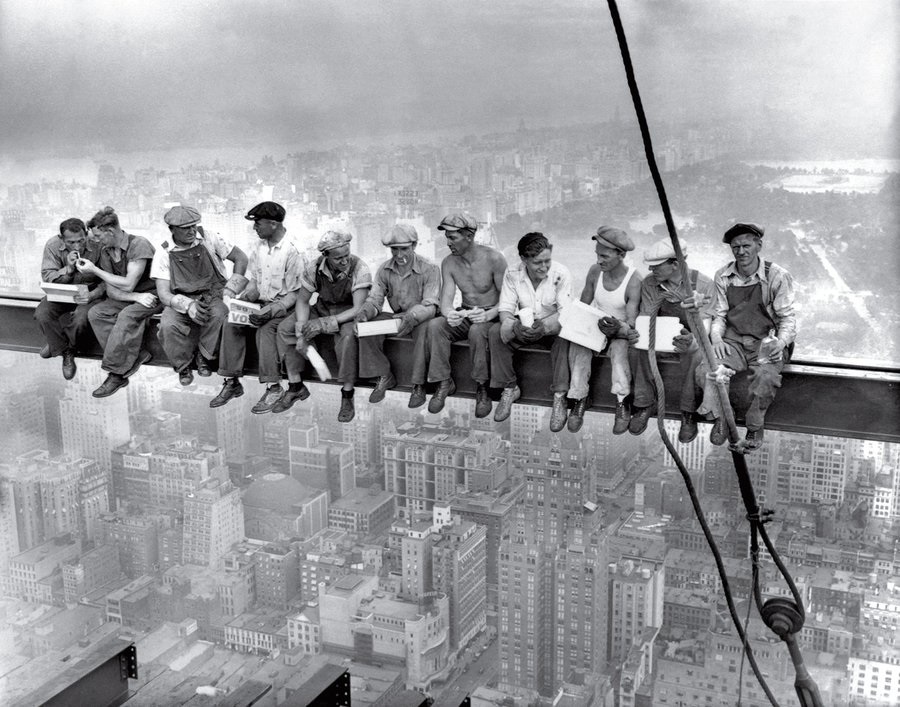In the bustling landscape of American cities, Chinatowns have long stood as cultural landmarks, attracting tourists seeking bargains and exquisite Asian cuisine. However, the origins of these vibrant communities trace back to a challenging period in history when Chinese immigrants sought solace and security in numbers, amidst their outsider status in the United States.
Rewind to the mid-19th century, when the discovery of gold in California in 1848 ignited a mass migration of Chinese individuals, primarily from the Pearl River Delta in the Guangdong Province. They were drawn by the alluring promise of a “gold mountain” or gam saan awaiting them in America. Sadly, the dream of quick riches faded as reality set in for these mostly married men who had left their families behind.
Life in the gold mines was grueling, compounded by the hostile efforts of white Americans to marginalize the Chinese immigrants. Vivian Louie, director of Hunter College’s Asian American Studies Program and Center, emphasizes the historical records documenting intense anti-Chinese sentiments during that time. Notably, the California legislature passed the Foreign Miners’ Tax in 1850, singling out Chinese immigrants by imposing a monthly tax on non-U.S. citizen workers involved in mining. Guidebooks of the era even offered advice to Chinese men on how to navigate violent encounters.
As gold reserves dwindled, Chinese immigrants transitioned into other industries, such as contributing to the construction of the transcontinental railroad. Unfortunately, they were often assigned hazardous tasks and paid meager wages. In 1882, the Chinese Exclusion Act dealt a severe blow by halting Chinese immigration for a decade and denying existing immigrants the opportunity to become U.S. citizens. James S. Lai from Santa Clara University’s ethnic studies department highlights the limited options available for the Chinese in a hostile environment during that era.
To forge a fresh livelihood, many Chinese workers who had been involved in the construction of the railroad sought to establish mono-ethnic Chinatowns, where they could find support and security. San Francisco, boasting the oldest Chinatown in the country dating back to the 1850s, became one of the primary destinations, along with other Californian cities like San Jose and Los Angeles. Chinatowns also sprouted in major urban centers such as New York City, Seattle, Boston, and Washington, D.C., often settling in inner-city areas where land was less desirable.
As they faced exclusion from lucrative sectors like agriculture, mining, transportation, and manufacturing, Chinese immigrants sought employment in restaurants and laundromats. Some managed to flourish as small business owners, while others focused on remitting earnings back to their families in China by working as employees. Notably, San Francisco alone had approximately 300 laundromats by 1870, providing employment to nearly 3,000 individuals.
Unfortunately, despite the relative safety offered by Chinatowns, Chinese immigrants encountered escalating discrimination during the late 1800s, known as the “Yellow Peril” era. Discriminatory practices were not limited to official policies alone. In San Francisco, products originating from Chinatown had to be explicitly labeled, and numerous ordinances targeted Chinese laundromats. One such ordinance in the 1880s compelled laundry businesses to obtain permits from the board of supervisors, but Chinese shop owners faced consistent refusals. Thankfully, the Supreme Court ultimately invalidated this discriminatory law.
In addition to policy-driven discrimination, violent attacks against Chinatown residents erupted across the nation. Lai reveals that these acts of violence were widely condoned as a means to expel the Chinese population due to perceived moral and economic threats. Denver witnessed an anti-Chinese riot in 1880, resulting in the erasure of its Chinese community

